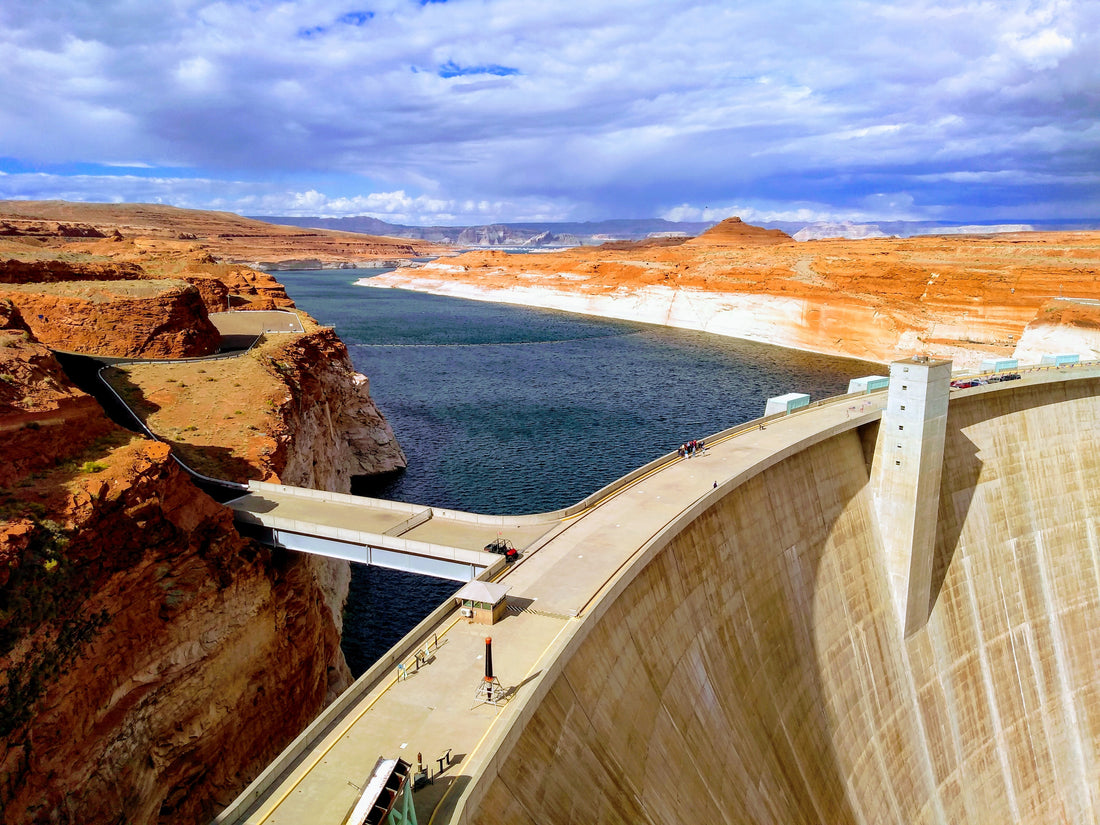
United States Environmental Protection Agency
There are currently in excess of 222 million residential toilets in use in the United States. These account for approximately 30% of indoor residential water use equal to more than 2.1 trillion gallons of water each year.
An individual will likely flush the toilet 140,000 times during their life. 20% of all toilets leak at any given time.

American Hotel & Lodging Association
There are approximately 5 million guestrooms in the United States.

American Water Works Association
Leaking toilets (even the ones you only hear overnight) can lose 30 to 500 gallons per day.
PROBLEMS WITH FLAPPERS
A flapper may go bad in ten weeks or it may last ten years but, eventually it will bend, break, deteriorate or somehow leak. Studies report that at any given time about 20% of all toilets are leaking. Many replacement flappers are made to be chlorine resistant. These products are typically distinguished by being either red, blue or clear. The old standard black rubber flapper will deteriorate quickly. This results in your hands being stained when touching the flapper. When replacing a toilet flapper it is better to obtain original equipment manufactured parts. In most cases, individuals purchase replacement flappers from their local hardware or home improvement store. These toilet flappers rarely fit properly and quickly begin to leak. Some toilets require a specific flapper and a universal one will not operate properly.
PROBLEMS WITH TOILET CHAINS
If the chain that connects the flapper to the flush lever is not the correct length, the flapper will not seat properly and water in the tank will leak past the flapper. If the chain is too short, a longer chain needs to be installed. If the chain is too long, often the extra slack will slip under the flapper and prevent it from seating properly, causing water to escape from the tank.
PROBLEMS WITH THE NEW LOW-FLOW WATER SAVING TOILETS
In 1992 the US Congress passed the Energy Policy Act which mandated that toilets sold in the USA were to use no more than 1.6 gals of water per flush. Up until the new mandate of 1992 most toilets used 3.5 gal per flush. The new 1.6 gal toilets, many of which do not deliver much flushing power, either because of toilet design and/or lack of “Top Water Pressure” in the water tank, cause clogging of the toilet, pipes, and sewers.
Pipes and sewers were designed for the old 3.5 gal toilets. Most of all the toilets in the USA need top water pressure to complete the flush cycle. Without enough water in the tank power is reduced resulting in multiple flushes to remove solid waste from the bowl of the toilet. In some cases, a plunger must be used to remove and unclog the solid waste. The infrastructure of the pipes and sewers will need extensive replacement and repairs to accommodate the new low flow toilets. It is estimated, by the year 2020, that water costs will increase more than 3 times, because of the repair and replacement of all these pipes and sewers.
THE GOOD NEWS
DO NOT GET RID OF YOUR EXISTING TOILET! The good news is that these 1.6 gallon toilets were made with good quality ceramics that can be utilized for conversion of the toilet to a Smarter Flush system in order to save water and money. Toilets currently being sold still utilize the old flapper and chain.
THE SMARTER FLUSH FLAPPER REPLACEMENT KIT
The Flapper Replacement Kit saves water, and eliminates the antiquated leaky flapper, and the troublesome chain. It also improves the power of the flush to remove liquids and solids. The installation of the Quick Connect system, in most cases, installs in a few minutes without tools.
Because the Smarter Flush systems save water and money, the savings will pay for their purchase in a few months!

